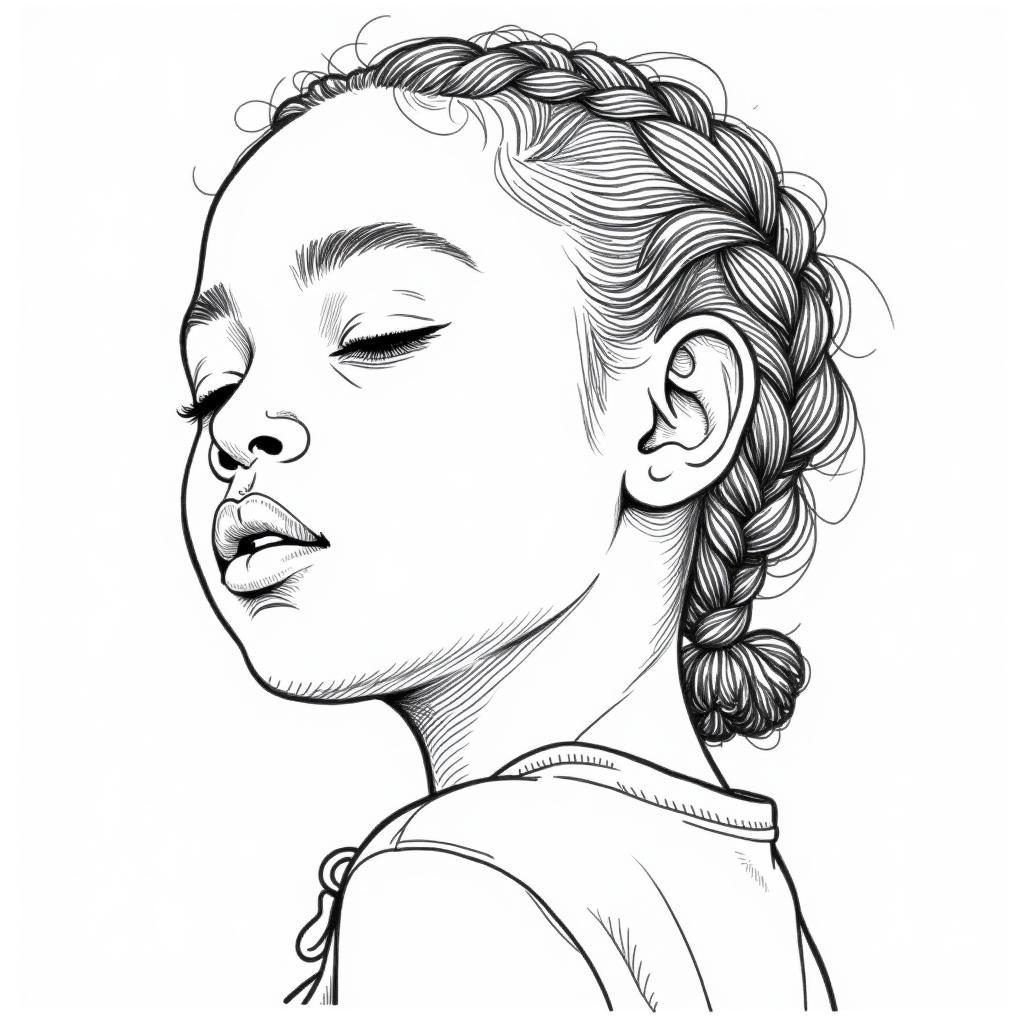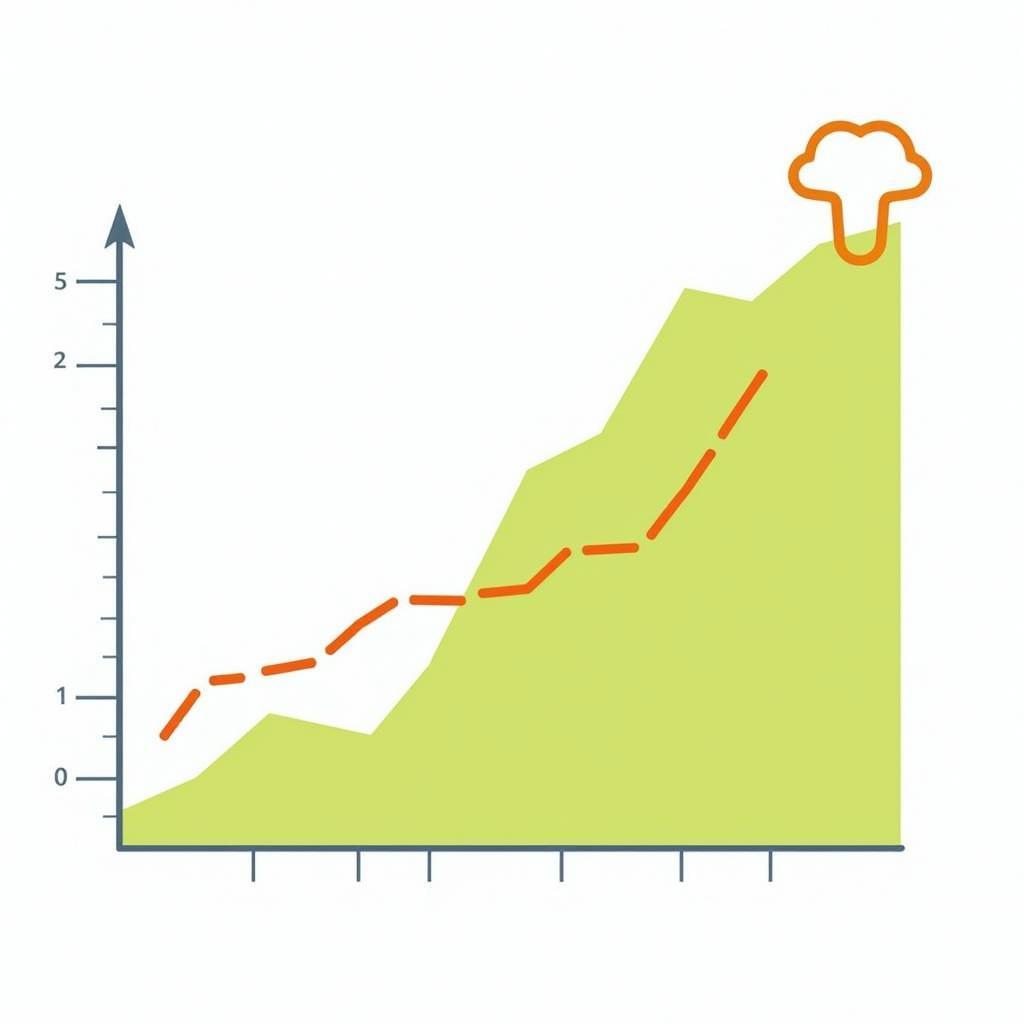About African Currency: Why They Choose American Emblem?
The intriguing question of why some African currencies seem to feature American emblems has puzzled many. This article delves into the historical, economic, and political factors influencing African currency designs, exploring the reasons behind the adoption of symbols that might appear, at first glance, to be American. We’ll uncover the complex narratives behind these choices and debunk some common misconceptions about African currency and its relationship with American symbolism.
Unpacking the Myth of American Emblems on African Currency
It’s crucial to clarify that no African currency actually features American emblems. The confusion often arises from the use of common heraldic symbols, like the eagle, which appear on both American and some African currencies. These symbols hold diverse meanings across cultures and their presence doesn’t necessarily signify American influence. Instead, these shared symbols often represent strength, freedom, and sovereignty—values resonating with many nations, including those in Africa.
The Eagle: A Symbol of Power, Not American Ownership
The eagle, a powerful symbol found on several currencies worldwide, including the US dollar and some African currencies, is often misinterpreted as a sign of American influence. However, the eagle’s symbolism predates the United States by centuries. In many cultures, the eagle represents strength, vision, and authority. Its appearance on African currencies often reflects these indigenous interpretations, not an allegiance to American ideals. For example, the eagle on the Nigerian Naira symbolizes strength and resilience, reflecting the nation’s spirit.
Exploring the Historical Context of African Currency Design
Understanding the historical context surrounding African currency designs is essential. Many African nations gained independence in the mid-20th century. During this period, establishing a national identity distinct from colonial powers was paramount. Currency design played a crucial role in this process, allowing nations to express their newfound sovereignty and cultural heritage. While some opted for symbols echoing pre-colonial traditions, others adopted new emblems representing their aspirations for the future. These choices were often influenced by a variety of factors, including pan-Africanism, national pride, and the desire to project an image of strength and stability.
Beyond the Eagle: Diverse Symbolism in African Currencies
While the eagle is a prominent example, it’s important to recognize the rich diversity of symbolism found on African currencies. Many feature indigenous animals, plants, and cultural motifs, reflecting the continent’s unique biodiversity and cultural heritage. These symbols often represent national values, historical events, and important resources.
Lions, Leopards, and Elephants: Celebrating African Wildlife
Several African currencies feature iconic wildlife, highlighting the continent’s rich biodiversity. The lion, often seen as a symbol of royalty and strength, appears on currencies like the Kenyan Shilling. The leopard, representing agility and resilience, can be found on the Zambian Kwacha. These animals symbolize national pride and the importance of conservation.
Cultural Motifs and National Heroes: Honoring African Heritage
Beyond wildlife, African currencies often incorporate cultural motifs and national heroes. These symbols celebrate the continent’s rich history and honor those who have contributed significantly to its development. For example, some currencies feature portraits of prominent leaders, traditional art patterns, or historical landmarks, reflecting the nation’s cultural identity and historical narrative.
FAQ: Addressing Common Queries About African Currency
- Why do some African countries use the Franc? Several African countries, particularly former French colonies, continue to use the CFA Franc, which is pegged to the Euro. This historical tie reflects the lasting economic influence of France in these regions.
- Do all African currencies have unique designs? Yes, each African country has its own unique currency with distinct designs reflecting its national identity and cultural heritage.
- Are there any shared currencies in Africa? Yes, the CFA Franc is a shared currency used by several African countries. There are also ongoing discussions and initiatives aimed at promoting greater monetary integration within the continent.
Conclusion: Dispelling Misconceptions and Celebrating Diversity
The notion that African currencies feature American emblems is a misconception arising from a superficial understanding of symbolism. The shared use of certain heraldic symbols, like the eagle, doesn’t signify American influence but rather reflects the universal meaning of these emblems. African currencies are rich in symbolism, showcasing the continent’s diverse wildlife, cultural heritage, and national pride. Understanding the historical and cultural context behind these designs is crucial to appreciating the unique stories they tell.
More Questions? We’re Here to Help!
Have more questions about African culture, history, or currency? Explore our other articles on “African Life” for more in-depth information.
Need personalized assistance? Contact us!
- Phone: +255768904061
- Email: kaka.mag@gmail.com
- Address: Mbarali DC Mawindi, Kangaga, Tanzania
Our customer care team is available 24/7.


